Understanding Valve Functions in Microbulk Tanks
Microbulk tanks are small to medium-sized storage units used for cryogenic liquids and gases in various industries, including medical, industrial, and food processing. These tanks rely on an array of valves to maintain safe and efficient operation, including pressure relief valves, shutoff valves, isolation valves, pressure regulators, vent valves, and bottom fill valves.
Essential Valves for Microbulk Tanks
Here’s a breakdown of how some standard valves are used in microbulk tanks:
-
Pressure Relief Valve (PRV)
- Function:
- Pressure Regulation: The PRV is set to open when internal pressure exceeds a specified limit, releasing excess gas or liquid to prevent overpressure situations.
- Safety Assurance: By venting excess pressure, the PRV protects the tank from potential ruptures and hazardous incidents, ensuring safe operation.
- Usage: Location: Typically installed on the top or side of the tank for effective pressure monitoring and release.
Operation: Designed for automatic operation, the PRV should not be manually adjusted or tampered with to ensure proper functioning.
Maintenance: Regular inspection and maintenance are essential to ensure the PRV operates correctly and remains free of obstructions. - Incorporating a well-functioning pressure relief valve is crucial for the safe management of pressure in microbulk tanks, helping to protect both the tank and personnel from potential hazards.
- Shutoff Valve (Isolation Valve):
- Function: Serves as a primary shutoff point, isolating the tank from the filling or discharge lines.
- Usage: Located on the tank’s inlet and outlet lines, the shutoff valve is closed during transportation or when the tank is not in use and opened to allow filling or discharge.
- Pressure Regulator:
- Function: Regulates the gas or liquid outflow pressure from the tank, reducing high-pressure tank contents to a lower, controlled pressure suitable for downstream equipment.
- Usage: Located on the tank’s discharge line, the regulator is adjusted to control the pressure of the delivered gas or liquid as needed for specific applications.
- Vent Valve:
- Function: Allows for controlled venting of gas from the tank, used for purging the tank before filling or for pressure equalization during specific procedures.
- Usage: Often located on the top of the tank or on a separate line, the vent valve is opened cautiously during venting procedures and closed when not needed.
- Bottom Fill Valve (Optional):
- Function: Allows for filling the tank from the bottom, minimizing liquid splashing and air entrainment during filling.
- Usage: If present, this valve is located at the bottom of the tank and its use depends on the specific tank design and filling procedures.
Important Considerations:
- Refer to Specific Instructions: Always consult the manufacturer’s instructions or user manual for your particular microbulk tank. Valve locations, operation procedures, and safety precautions may vary depending on the tank model.
- Qualified Personnel: Microbulk tank valves should be operated by trained or authorized personnel familiar with the system and safety protocols.
- Regular Maintenance: Valves require periodic maintenance to ensure proper function and prevent leaks. Follow the manufacturer’s recommendations for inspection and maintenance schedules.

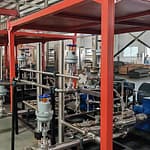

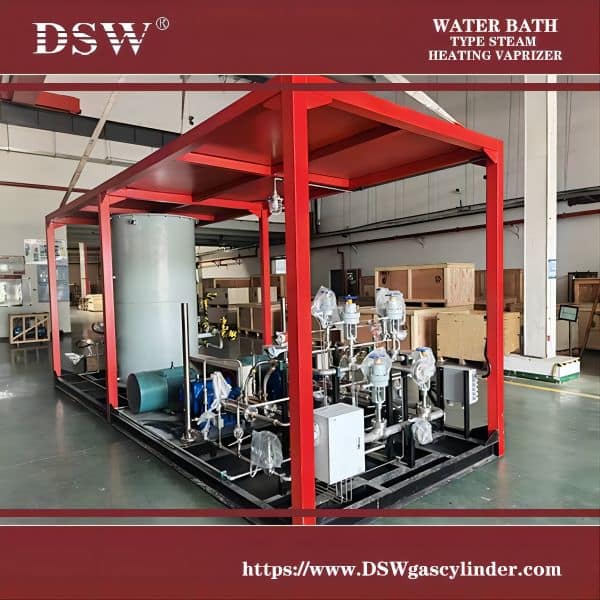
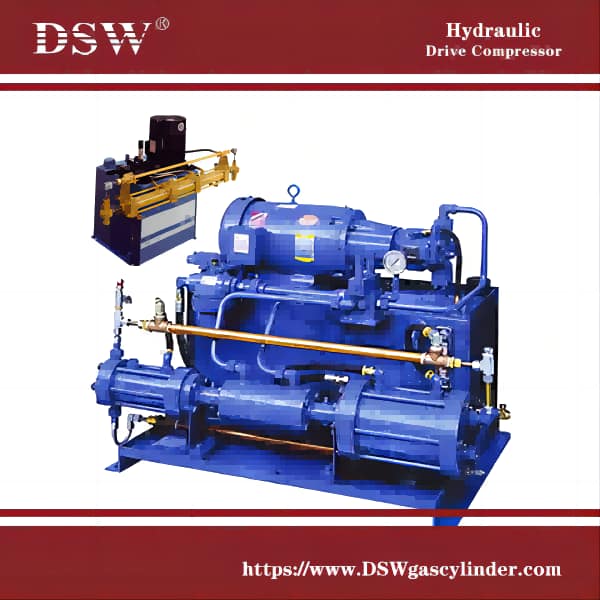
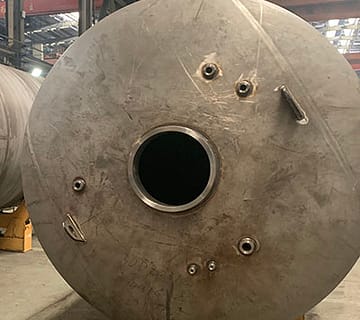
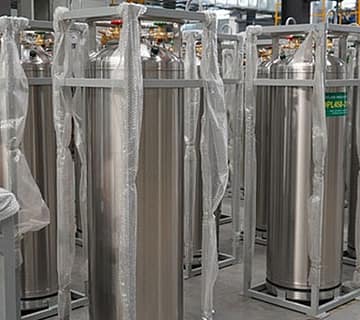
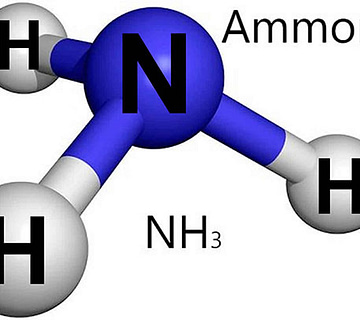

No comment